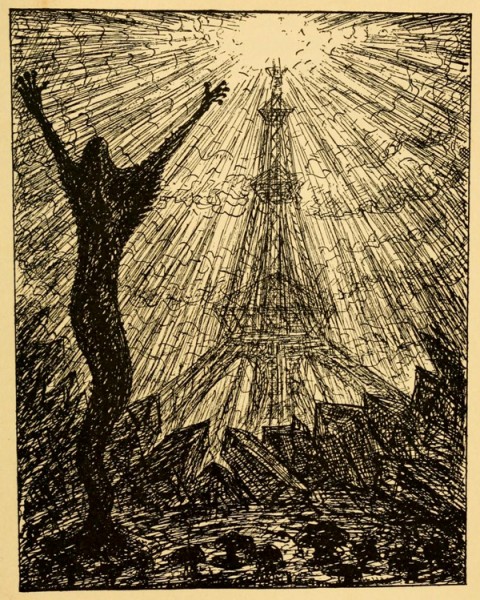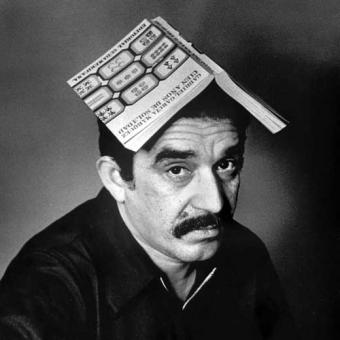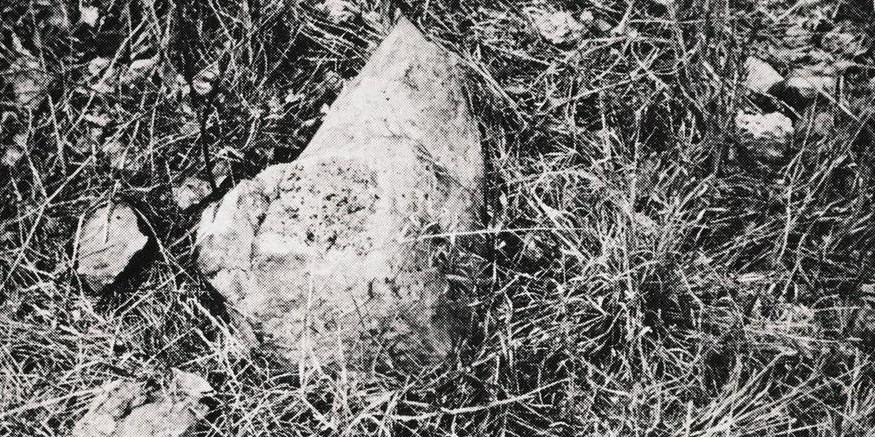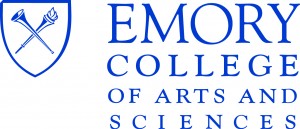The Meaning of Pain

For admirers of the work of Walter Benjamin, a translation of Paul Scheerbart’s Lesabéndio: An Asteroid Novel is a major event. Benjamin’s interest in Scheerbart spans the whole of his career, from Gershom Scholem’s gifting him the book at his wedding to an essay on Scheerbart written near the end of his life. Most significantly, Benjamin intended to write an extensive essay on the book that was meant as a fulfillment of the claims set out in “The Destructive Character” and was to be provocatively entitled “The True Politician.” As the Benjamin literature grows, so does Scheerbart’s reputation.
Theatrical Photographs

Deschenes then begins to build into the logic of each of her photographs a specific quality – scale, frame, posture, and sometimes color. This is what abstraction means, in case we have forgotten: a work of art does not “look abstract” and it “is” not “an abstraction.” A work of art abstracts a specific quality. Sometimes such qualities derive from observation: a subject can be abstracted, but that does not mean that it is rendered blurry or otherwise stylistically abstract.
Forgetting Gabriel García Márquez

We will have had to forget García Márquez in order to read García Márquez, that is, to read in his texts the chronicle of his own decline and death foretold, and thus to read in these texts the very body of literature itself. That would be the condition of his works’ potential actuality.
Photography and Philosophy: Call for Papers

The six essays included in nonsite’s 11th issue are intended as three exchanges around three topics—the autonomy of the photographic image, automatism, and time and meaning—that will be the themes of three panels in a two-day conference at the Los Angeles County Museum of Art, March 13 and 14, 2015.
The conference is sponsored by the museum and by the Mellon Foundation and is being organized by nonsite.org. We are looking for creative approaches to these themes that will engage with works in the Marjorie and Leonard Vernon Collection at LACMA. Send proposals for session papers to nonsite@nonsite.org. Proposals must be submitted by November 15, 2014.
The Miracle of Analogy

Photography is—as I hope to demonstrate—radically anti-Cartesian. It shows us that there really is a world, that it wants to be seen by us, and that it exceeds our capacity to know it. Photography also shows us that the world is structured by analogy, and helps us find our place within it….Each of us is connected through similarities that are neither of our making or our choosing to countless other beings. We cannot extricate ourselves from these relationships, because there is no such thing as an individual; the smallest unit of Being is two interlocking terms. There is also nowhere else to go.
Response to Kaja Silverman

Photography helps us to see and to feel what we are but cannot know. Then again, knowing when to trust our feelings—when we feel them to be right and not just ours—is not just a matter of affect, but of assertion, about what we think others could have meant. Not knowing what they could have meant does not mean they did not mean something or that we cannot know it. Properly acknowledging one’s “kin” requires that we risk the public and corrigible claim to understanding what was said.
The Force of a Frame: Owen Kydd’s Durational Photographs

It will, I want to argue, be hard to describe Owen Kydd’s practice as appealing to the plurality of the medium against Art; on the contrary, it will be better understood as doing just the opposite, as redeploying the idea of the medium precisely on behalf of the idea of Art—and against a pluralism that is not only aesthetic but political.
Re: Response to Walter Benn Michaels

I do not have this privilege because I have seen the works only on the small screen that, to many of us, is the whole world. These screens in our offices and homes are more isolating than even the whitest of white walls in the most pristine of white cubes. They are much more theater-like than even those small project spaces which resemble theaters—ones in which patrons are constantly walking in late and leaving early—which Kydd presumably meant to reject in favor of placing his works on gallery walls. An increasing number of artists with access to technology and a gallery have made a similar choice.
Photography, Automatism, Mechanicity

It has been a defining and enduring feature of photographic discourse up to now that automaticity and automatism have been available to us through photography. An important task for the history of photography will be not just to invoke photography’s automaticity, but to describe—for any photographic work or enterprise it takes up—the nature and importance of its automaticity in that instance or set of instances.
Action and Automatism

I am going to abstract, here, from the ideas of “automatic” and “automaticity,” and from “mechanism” and “mechanicity,” in order to focus on the following question: how should the idea of “automatism” be understood, and what theoretical resources can be used to illuminate it?


